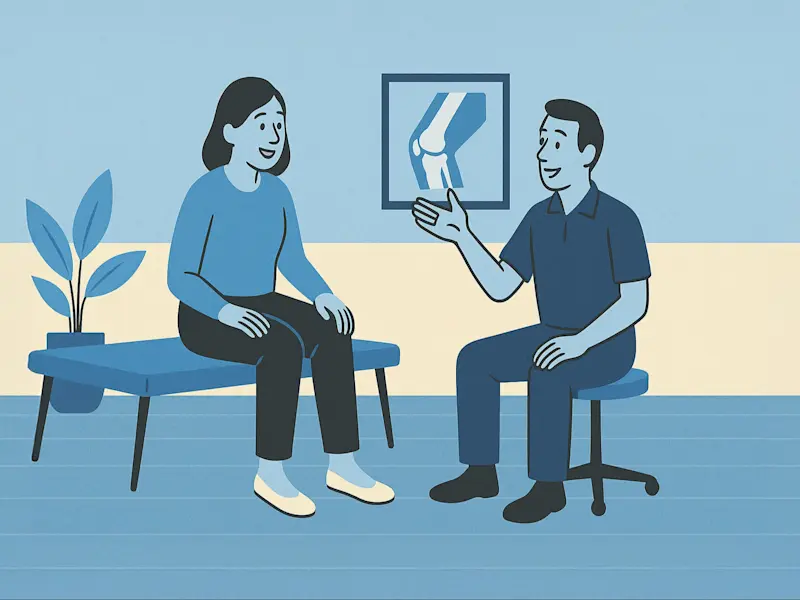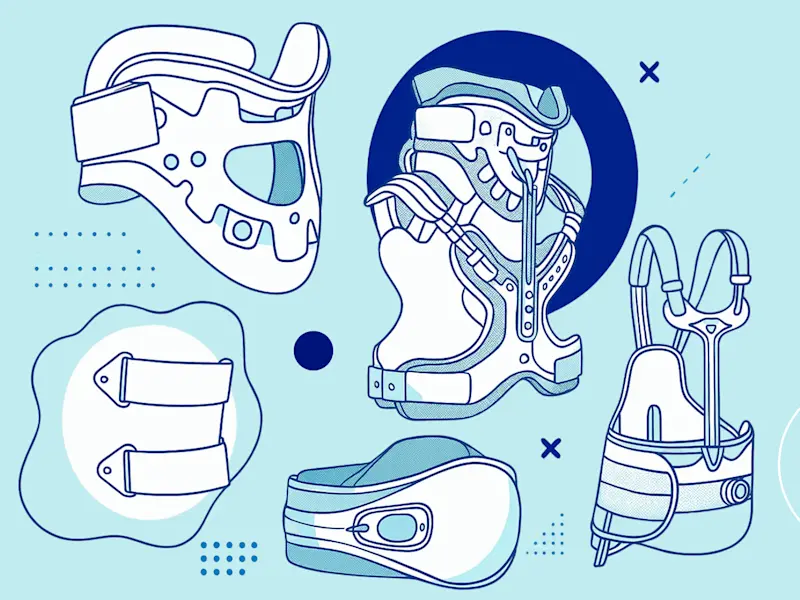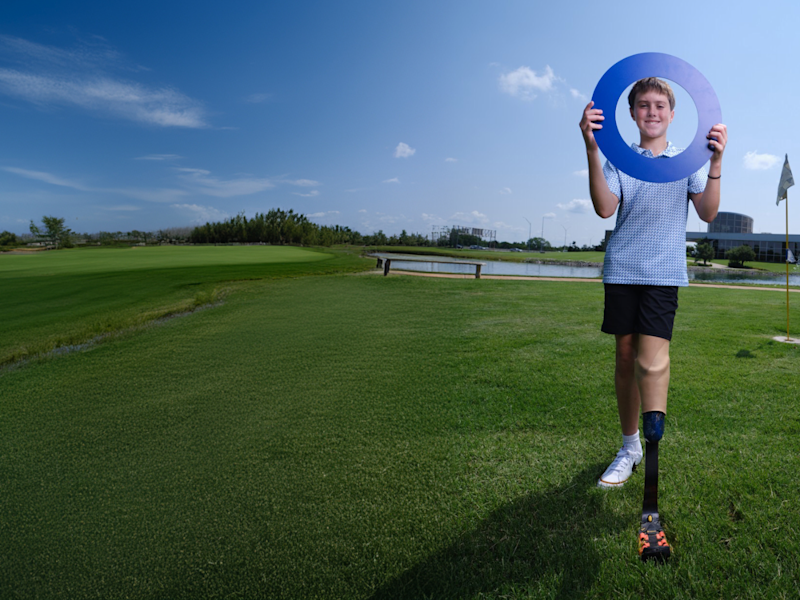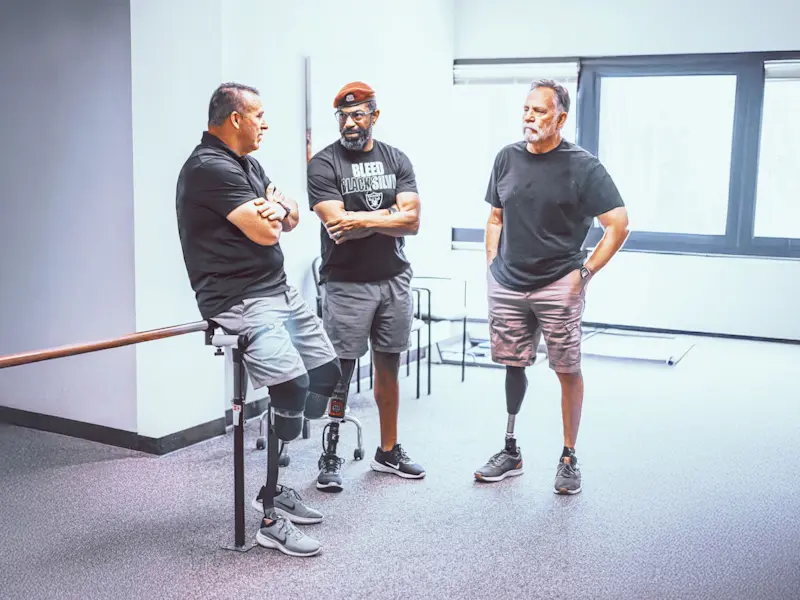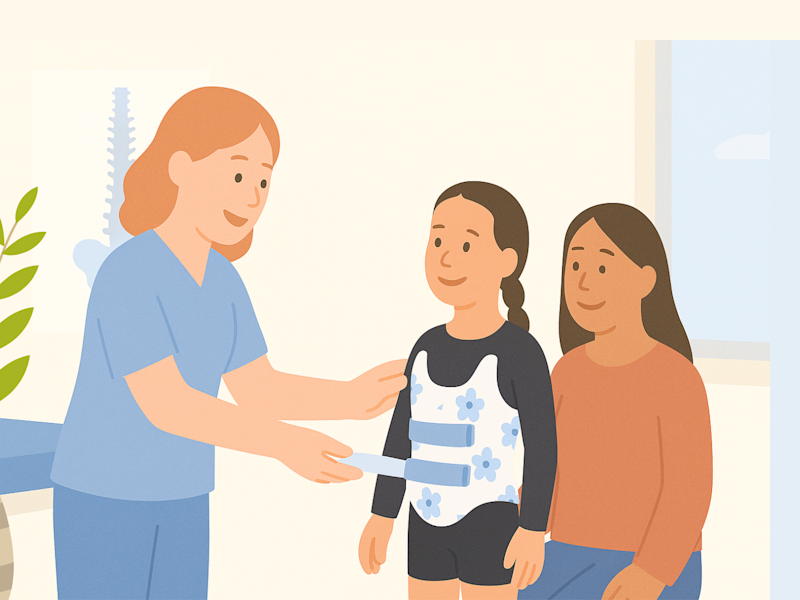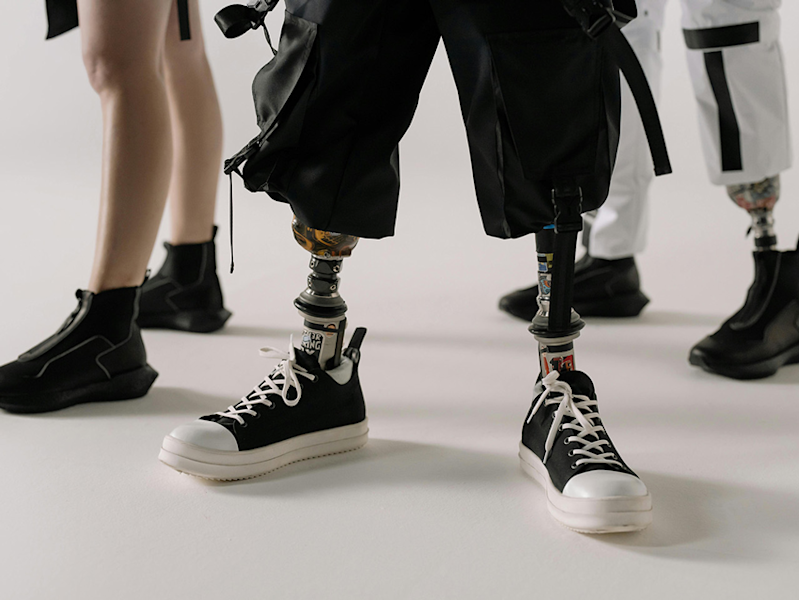Can Orthotics Cause Knee Pain? Can They Help? Here's What the Orthotists at Ottobock Care Want You to Know.
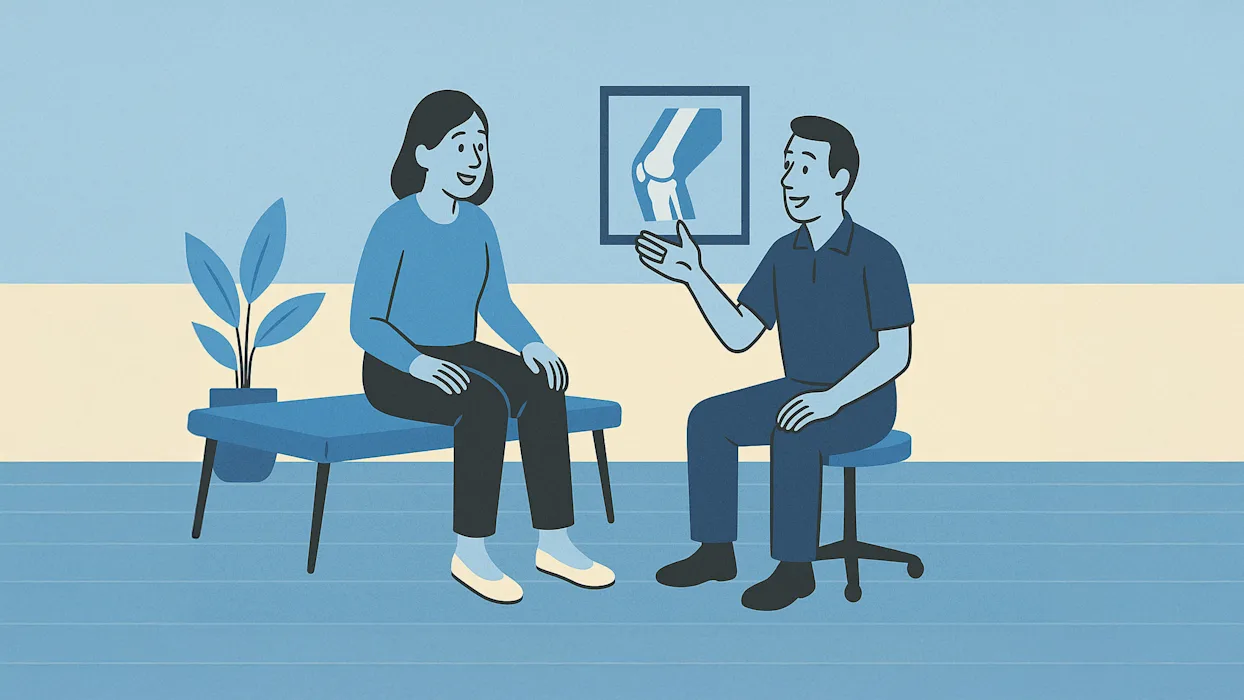

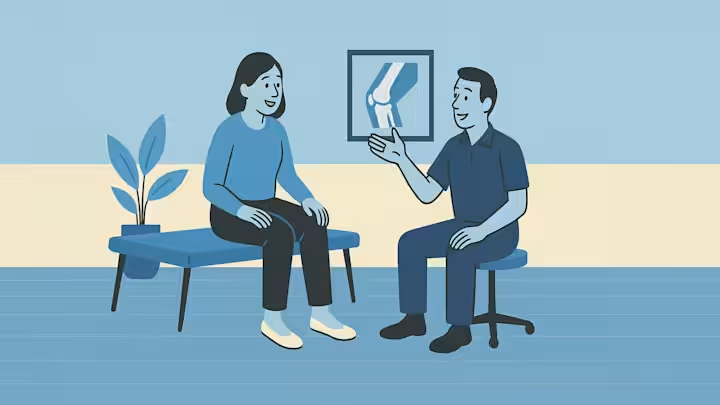
Knee pain is incredibly common among adults, often interfering with daily activities and quality of life. While injuries and arthritis are well-known culprits, sometimes the source of discomfort lies elsewhere – specifically, in how our body moves and the alignment of our lower limbs. This misalignment or improper motion, whether originating at the foot, ankle, or the knee itself, can place undue stress on the knee joint. This is where orthotics come into the picture, offering solutions that can address issues at different points along the kinetic chain.
If you've found yourself wondering, "Could my orthotic be causing my knee pain?" or perhaps more hopefully, "Could an orthotic actually help my knee pain?", you're asking important questions. At Ottobock Care, we frequently address these concerns, and we're here to provide clear, expert guidance rooted in clinical understanding and patient success stories, covering solutions from foot orthotics to knee braces.
First, Let's Define Orthotics
Orthotics are specialized external medical devices worn on the body to support, align, prevent, or correct the function of movable parts of the body. While often associated with insoles for shoes, the term broadly includes devices like shoe inserts, braces, splints, and other external supports designed to improve musculoskeletal function and alignment, particularly in the lower limbs (feet, ankles, knees, and hips).
The goal of orthotics is multifaceted: they aim to relieve pain, improve stability, correct deformities, and prevent the progression of certain conditions or injuries. By providing targeted support and modifying biomechanics, orthotics can significantly impact how you move and the stress placed on your joints and tissues. Depending on the specific type and purpose, orthotics can address issues originating at the foot (like excessive pronation) or directly at the knee joint (like instability).
Orthotics are widely recognized for treating conditions like:
Foot and ankle issues (Plantar fasciitis, arch problems, bunions, diabetic foot complications)
Knee instability or weakness
Osteoarthritis in the knee
Ligament injuries (like ACL tears)
Patellofemoral pain syndrome
Runner's knee
Because the body functions as a connected kinetic chain, issues originating in the feet can travel upward to affect the knees, and conversely, providing direct support to the knee can improve overall lower limb function.
Can Orthotics Cause Knee Pain?
It's possible, but it's usually not the orthotics themselves that are the problem, but rather issues with their type, fit, or usage. An orthotic that is not properly designed or fitted for your specific condition and anatomy can disrupt your natural movement patterns, leading to new or increased misalignment and potentially placing additional stress on your knees or other joints. Here are some common reasons why orthotics (whether foot orthotics or knee braces) might contribute to knee discomfort:
Incorrect Type or Quality: Using a device not suited for your specific condition, anatomy, or activity level (e.g., a generic insole for a complex foot issue, or the wrong type of knee brace for a specific injury).
Poor Fit or Prescription: Over-the-counter devices used for a condition they weren't designed to address, or custom orthotics/braces that were made without a thorough, professional assessment and precise measurements. A brace that is too tight, too loose, or positioned incorrectly can be uncomfortable and even detrimental.
Wear and Tear: Continuing to use devices that are worn out and no longer providing the intended support or control.
Not Easing In: Failing to gradually introduce new orthotics or braces, not allowing your body adequate time to adjust to the changes in support and alignment.
This highlights why choosing a board-certified, experienced, and honest orthotist is crucial. Their expertise ensures a proper assessment, accurate prescription (determining the right type of orthotic, whether foot or knee), precise measurements, and correct fitting, minimizing the risk of introducing new problems and maximizing the potential for effective pain relief. This underscores a critical point: the effectiveness and comfort of orthotics depend significantly on working with qualified professionals who possess a deep understanding of biomechanics and how the entire lower limb (feet, ankles, knees, hips) functions together.
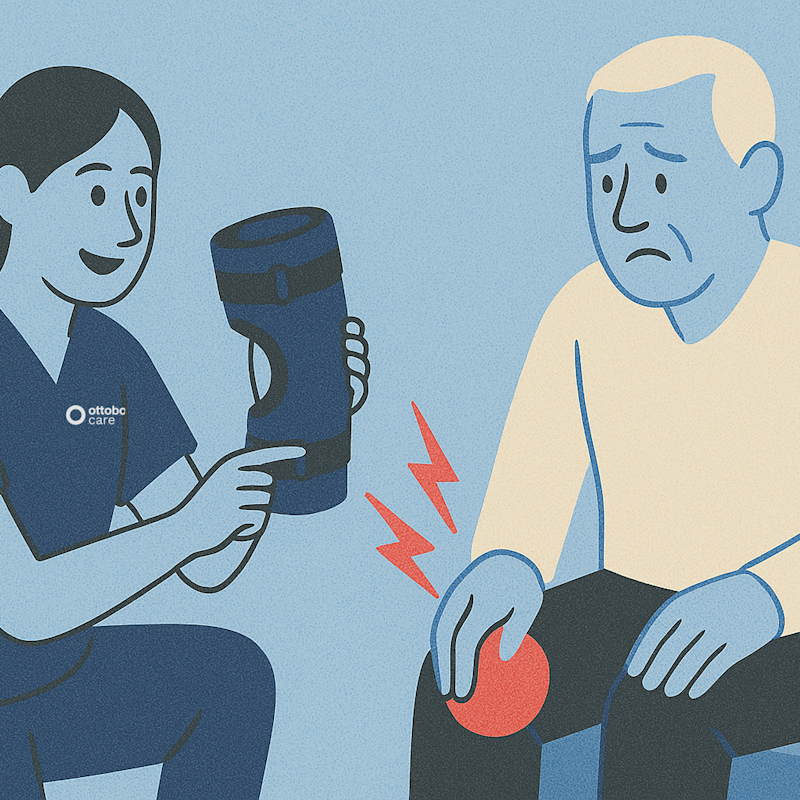
Can Orthotics Help with Knee Pain?
Absolutely! When properly assessed, designed, and fitted for your individual needs and condition, orthotics – whether foot orthotics or knee braces – can be remarkably effective in reducing or eliminating knee pain.
Foot Orthotics: By correcting alignment issues at the foot and ankle level, they can profoundly impact how your entire leg, including your knee, absorbs impact and maintains stability during movement. This is particularly helpful for conditions like patellofemoral pain, runner's knee, and sometimes osteoarthritis, where addressing foot mechanics reduces stress higher up.
Knee Orthotics (Braces): These devices provide direct support, stability, and pain relief to the knee joint itself. They can help control unwanted motion, reduce load on damaged cartilage, support injured ligaments, and improve confidence during activity. They are commonly used for conditions like osteoarthritis, ligament tears (ACL, MCL, etc.), patellar instability, and during post-surgical rehabilitation.
By optimizing function and alignment, either at the base of the leg or directly at the knee, orthotics help to reduce excessive stress, stabilize the joint, and more evenly distribute forces. This can lead to reduced inflammation, decreased strain on ligaments and tendons, and ultimately, greater comfort and improved function during daily activities and exercise.
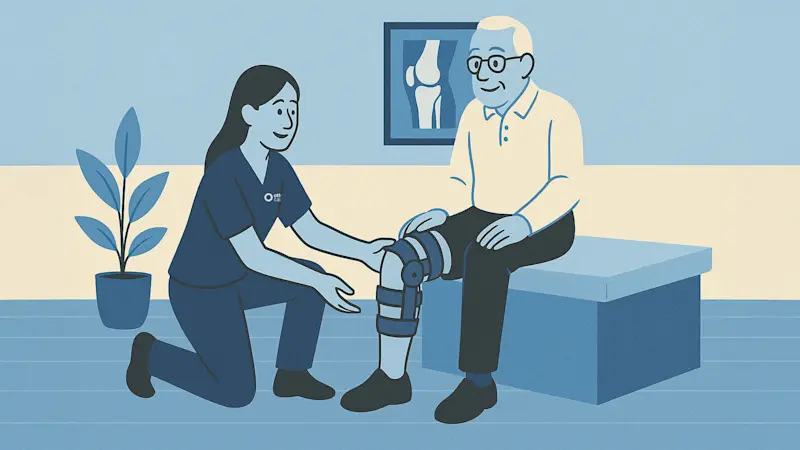
What to Expect from a Proper Orthotic Evaluation at Ottobock Care
Choosing the right orthotic solution begins with a comprehensive evaluation by a skilled clinician. At Ottobock Care, our orthotists don't just look at one part of your leg; they assess your entire lower limb and how it moves, considering your specific symptoms and goals. A thorough evaluation might include:
Detailed Gait Analysis: Observing how you walk or run to identify problematic movement patterns.
Foot, Ankle, and Knee Assessment: Examining the structure, flexibility, range of motion, and stability of your joints.
Physical Measurements and potentially digital scanning: Gathering precise information for accurate custom device design and fitting.
Footwear Analysis: Reviewing your current shoes and discussing appropriate footwear choices (especially relevant if foot orthotics are considered).
Discussion of Your Lifestyle and Goals: Understanding your activity levels, daily routines, and what you hope to achieve with orthotic use.
Based on this detailed assessment, and critically, working closely with your referring physician or therapist by carefully reviewing and following their diagnosis and prescription, your orthotist determines the most appropriate course of action. This may involve recommending and fitting a specific type of foot orthotic, a particular knee brace, or a combination of devices. Our collaborative approach ensures your orthotic care aligns seamlessly with your overall medical treatment plan.
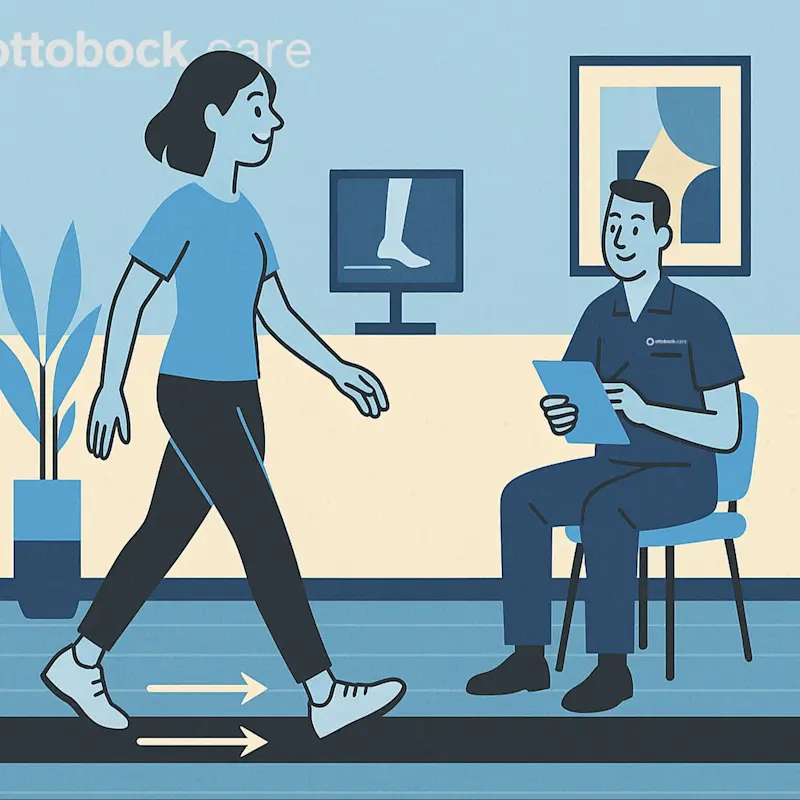
Final Thoughts: The Right Device, The Right Fit
Orthotics, whether addressing issues at the foot or providing direct support to the knee, are powerful tools in the management of lower limb pain. While improperly selected or fitted devices can potentially cause issues, they are far more likely to provide significant relief, improved stability, and enhanced function when prescribed and fitted by a qualified clinician who understands your unique anatomy, condition, and biomechanics.
If you are experiencing knee pain, seeking professional help is the most effective step to determine the underlying cause and identify if an orthotic, or combination of orthotics, is the right solution for you. A proper evaluation can uncover the root cause of your pain and determine which type of orthotic device is best suited to help you get back to living more comfortably.
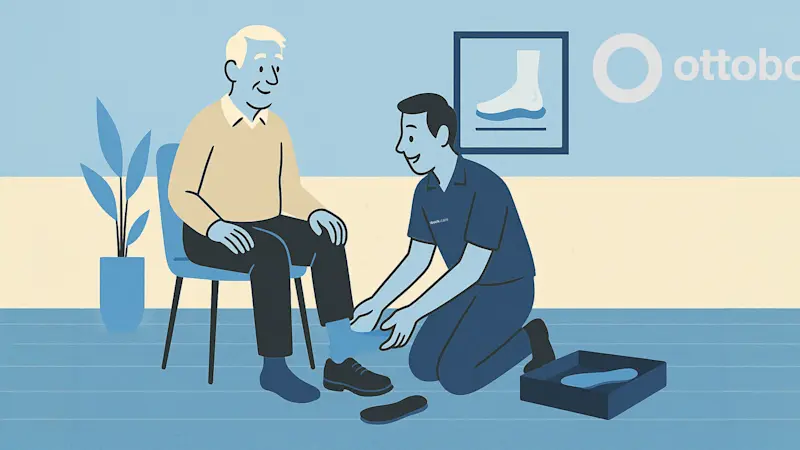
Get a Consultation
Are you ready to take the next step towards improved mobility and comfort? Find an orthotics and prosthetics clinic near you and schedule your appointment today!





